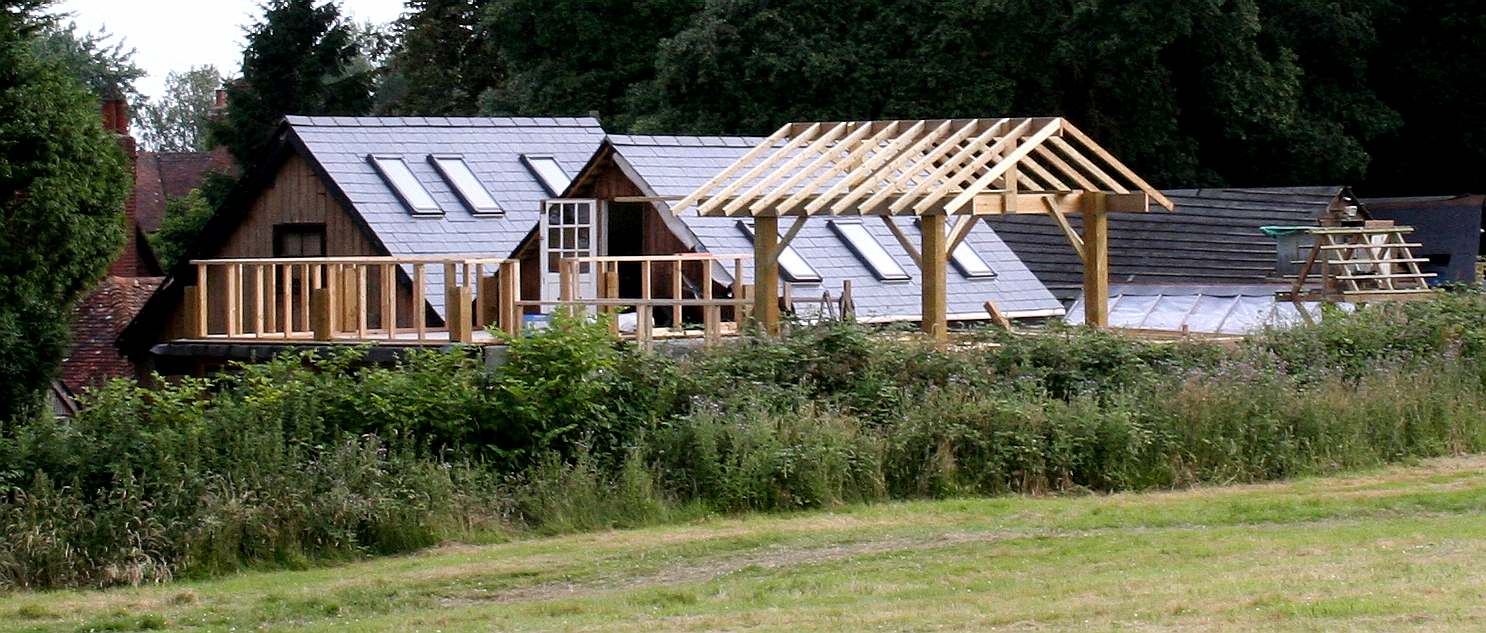|
PRESCRIPTION ACT 1832
Please use our A-Z INDEX to navigate this site or see HOME
|
|
|
JILL THE DAIRY COW SAYS: - Hey, don't you tell me when I need to do something. Do you know who you are talking to? You can take that awful looking electricity generating building in the field across the way and stick it up your rear end. See if I care about conserving our heritage. I'll do what I want, and you can't stop me. So there. But then, I'm only a cow chewing the cud in a close by pasture. Presumably, human applicants would want to protect evidence of their past, for future generations, no matter the industrial landscape is less palatable to ruminants. If I ever come back in another form, I hope I have two legs and opposable thumbs. Then we'll see. I might get a job with the council. I hear they are in the pooh in a big way, having been caught discriminating against some of the residents in their area, for the benefit of others. I'd feel right at home, even if I do let a package go occasionally. Nobody would notice with all the brown stuff hitting the fan from all that institutionalised bullshit. Cows don't violate Article 14, they just make milk, beef and leather from grass.
In English law there is no automatic right to light, or right of way for access, unless established, without consent for a period of time, typically twenty years. Rights are thus acquired over time, and protected from abuses, after they have been attained. Even becoming absolute in law, if enjoyed over long periods.
One building in Lime Park that is known to have acquired rights over a very long period, is the historic generating station, presently threatened by the occupiers of The Rectory, Jill Finn and Nigel Flood.
The former owner of The Rectory, Peter Townley, attempted to upset this right, but stooped to negligent hedge maintenance, as his means of interference. Whereas, any unlawful act, cannot be used to lawfully disturb a lawfully acquired prescriptive right. Nevertheless, he gave it a go. Finally, instead of seeking the assistance of the local authority, in the making of an Anti Social Behaviour Order (ASBO), the managers of the site undertook to trim the hedge back to the legal height of two meters, six feet six inches. So saving Wealden District Council the bother. Previously, in recognition of the right to light, the neighbour, Townley, had trimmed to well above two meters, where his gardeners (Perfect Gardens) had suggested incorrectly that this was the legal height. Peter Townley was elderly and infirm, the main reason for not pursuing with the LA. Peter Towley passed away in 2019, after which the hedge was trimmed to the correct legal height, without causing the gentleman undue stress in his twilight years.
One
leading case precedent is: Beaumont Business Centres Limited v Florala Properties Limited [2020] EWHC 550
Access to Neighbouring Land Act 1992 Ancient Monuments and Archaeological Areas Act 1979 Beaumont Vs Florala 2020 - Right to Light case precedent Planning (Listed Buildings and Conservation Areas) Act 1990 R v Dytham 1979 QBD, Malfeasance in Public Office R v Sussex Justices ex-parte McCarthy 1924, bias undoes conviction The Conservation of Species and Habitats Regulations 2017 The Wildlife and Countryside Act 1981 (as amended)
When submitting an application, the National Planning Policy Framework (NPPF) requires applicants to describe the significance of any heritage assets affected, including any impact on the setting of the heritage asset (see paragraph 189 of the NPPF).
“189. In determining applications, local planning authorities should require an applicant to describe the significance of any heritage assets affected, including any contribution made by their setting. The level of detail should be proportionate to the asset’s importance and no more than is sufficient to understand the potential impact of the proposal on their significance. As a minimum the relevant historic environment record should have been consulted and the heritage assets assessed using appropriate expertise where necessary. Where a site on which development is proposed includes or has the potential to include heritage assets with archaeological interest, local planning authorities should require developers to submit an appropriate desk-based assessment and, where necessary, a field evaluation.”
‘All aspects of the environment resulting from the interaction between people and places through time, including surviving physical remains of past human activity, whether visible, buried or submerged, and landscaped and planted or managed flora.'
THE ONLY ONE LEFT - This unassuming building is believed to be the earliest surviving example of electricity generating and load leveling on the planet. In the world of industrial archaeology, this is a gem. All the more intriguing for being nestled out of the way in the country. Notably not understood for it's importance by local politicians and even some immediate neighbors. Some of which had in the past wanted to purchase it, simply to knock it down. Sadly, with the local authority aiding and abetting such ambition. We hope those days are gone for good. But the fact remains, that the building still has no reasonable or beneficial use. Despite a Court Order from 2003/4, where Wealden DC agreed to rectify that malady. Progress was made up to 2008, then all cooperation ceased. It has been 14 years, and once again we are waiting for answers to correspondence, as to what the council intend doing to remedy their maladministration.
The heritage asset above in included on Step 4 of a Monument Protection Programme focusing on the electrical generating industry, and how it began. There are two recent planning applications affecting this building. One was a Major development for up to 70 houses in the adjacent field. The other was from within Lime Park, from the new owners of The Rectory, in 2022, Ms Finn and Mr Flood. Yet, it seems (it is alleged) that no Heritage Statement accompanied their application: WD/2022/0497/F, and no Notice as to the Party Wall Act was given concerning the Generating Buildings, and no similar Notice was given in relation to the Ancient Monuments and Archaeological Areas Act 1979. We await clarification from the applicants.
REFERENCE
https://www.legislation.gov.uk/ukpga/1979/46/contents https://www.falcon-chambers.com/news/beaumont-business-centres-limited-v-florala-properties-limited-2020-ewhc-55 https://www.legislation.gov.uk/ukpga/Will4/2-3/71/contents https://www.wealden.gov.uk/planning-and-building-control/heritage/heritage-statements/
2022 - Herstmonceux in Sussex is not what it used to be. Villagers are being forced to rent in towns, rather than being able to live where they were brought up - at reasonable prices. In modern England, councils are operated against the interests of young families. Rents for new builds in Herstmonceux are exorbitant. There are no genuinely affordable houses. Wealden only grant consent for executive housing in major development. Wealden provide no rolling stock of land for affordable (self builds) flat packs, etc. The rich get richer and the poor, poorer. This seems to be the Conservative way, with Labour failing to change statute, when they finally get voted in.
Please use our A-Z INDEX to navigate this site
|
|
|
|

